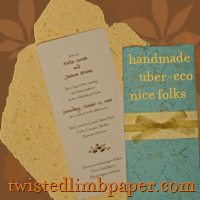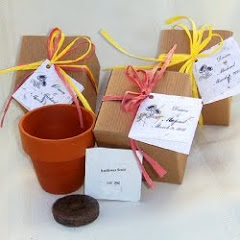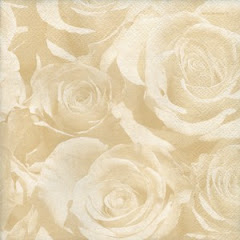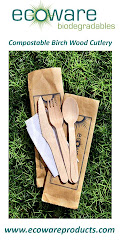Celtic weddings were simple and meaningful. Their weddings often took place outside with nature to bless the union. Nature was very important to the Celts. They believed the soul existed within and outside of an individual. The soul would manifest in the trees, the rocks, the waters and the sun. Humans and the world around them were intertwined, the soul tied to the spirit of the earth. Their belief in marriage was that two souls would join together so their strengths would be twice as great and hardships only half as hard. Marriage was an institution not to be entered into lightly. It was the union of two souls, two hearts and two minds. Modern couples can take some of these meaningful beliefs and incorporate them into their wedding ceremony by using some of the old Celtic rituals, traditions and symbols.
The feast was one of the most important aspects of a Celtic wedding. Unlike today where the ceremony and reception are viewed separately, traditional Celtic weddings incorporated everything into one big ceremony. The families and friends of both the bride and groom were there along with members of the community. The Celtic bride was very important. The term bride is Celtic in origin and refers to Brigid, an exalted goddess of Celtic lore. The veil is a very old tradition. Before the bride is veiled she is a maiden. When she wears her veil she becomes a goddess in her own right, she takes on her mystery and feminine powers. When she is unveiled by her groom she returns to this world changed as her old life has ended and a new one begins.
The ceremony itself was a very simple ritual called handfasting. The bride and groom would stand facing each other holding hands and they were bound by a ceremonial rope, cord, or wrap. This is where the term “tying the knot” comes from. This symbolically signified the unity of the couple. There are many variations on how handfastings were performed, they seem to vary throughout the times and regions. Some involved only one cord or rope, others involved up to six. Scottish weddings used a piece of the family tartan to tie the wedded couple. In some rituals, to finalize the marriage the couple would hold hands and jump over a branch or a broom into their new life together.
Many customs are specific to local areas of Ireland, Scotland and Brittany. Some have survived the times and are still used today. The Claddagh ring is from Ireland. It was named from one of Ireland’s oldest fishing villages. These rings have been in use in Ireland for several hundred years. The two hands clutching a heart are for friendship, the crown for loyalty or fidelity, and the heart symbolizes love. The custom is if single you wear the ring on the right hand facing out, you wear it facing in if spoken for. On the left hand you wear the ring outward meaning you are engaged. During the wedding ceremony the ring is then turned inward to signify the final devotion of the heart in marriage. The claddagh symbol can be incorporated into your modern wedding on invitations, decorations, etc.
Another beautiful way to incorporate Celtic symbols into your wedding is with Celtic knotwork designs. The designs were created using one or several unbroken lines. The more the lines interlaced each other, the more they would protect against evil. The meaning of the symbols can sometimes be confusing because the Celts did not keep records of their meaning. Therefore my advice is to choose what you like. I like what are called love knots and the triquetra, a three pronged knot which symbolizes the trinity the Celts believed in. They always connected everything in threes.
If you are of Scottish heritage you can always incorporate you family tartan or plaid into your wedding. If the groom and groomsmen don’t want to wear the traditional kilts, they could have sashes made out of the tartan, or even vests to be worn with the tuxedos. It was also customary in Scottish weddings for the groom to pin a piece of his family tartan on the bride after the exchange of rings.
Another Celtic symbol dates from Wales during the 17th century. It is a Welsh Love spoon. A love spoon is a decorated, hand carved wooden spoon. A young man would present it to his sweetheart as a token of affection and/or betrothal. It is thought the love spoon represented an early form of an engagement ring, or the acceptance of a serious courtship. The carver was very skilled because even very large spoons were carved from just one piece of wood. The spoon could be plain or intricately designed with symbols. The exact meanings are uncertain but there are a few accepted symbols and corresponding meanings. The heart symbolized that my heart is yours, two hearts symbolized that we feel the same about each other, a horseshoe was for good luck and happiness, the knot symbolized everlasting love, leaves and vines symbolized love growing, double spoons symbolized the couple together forever and a triple spoon symbolized family. If you can find any of these or have someone carve them for you they make a very unique item for you to present to your loved one.
There are many Celtic traditions that have not survived the times, but I hope a few of these may help you with adding some Celtic heritage into your wedding. Use what you like and what feels special to you.
Subscribe to:
Post Comments (Atom)





 Original Articles. Constant-Content.
Original Articles. Constant-Content.


















No comments:
Post a Comment